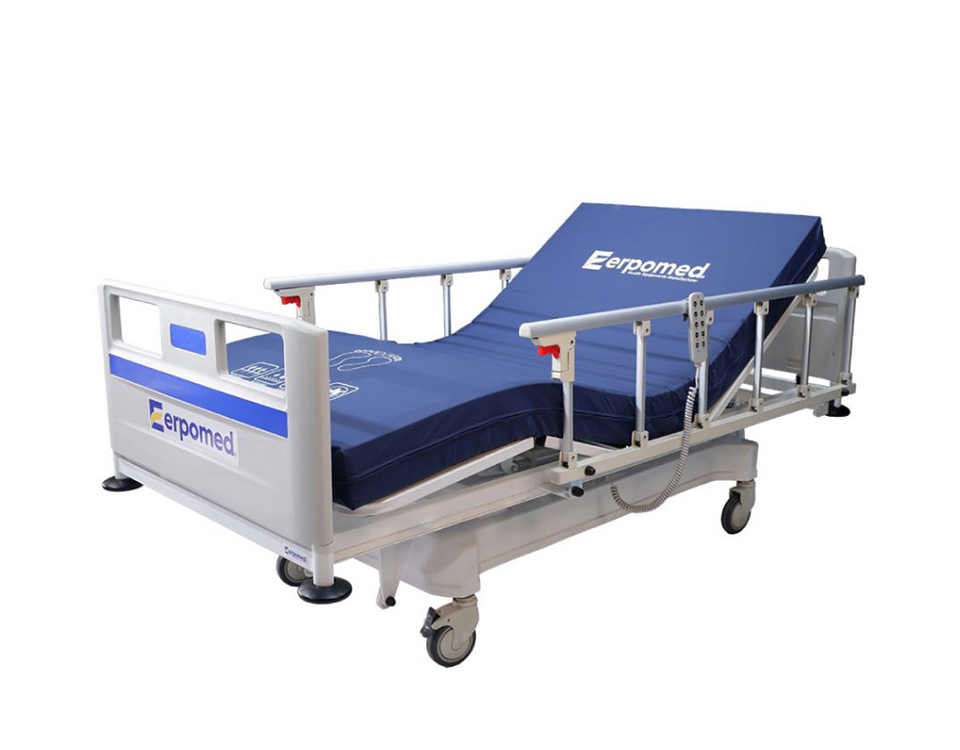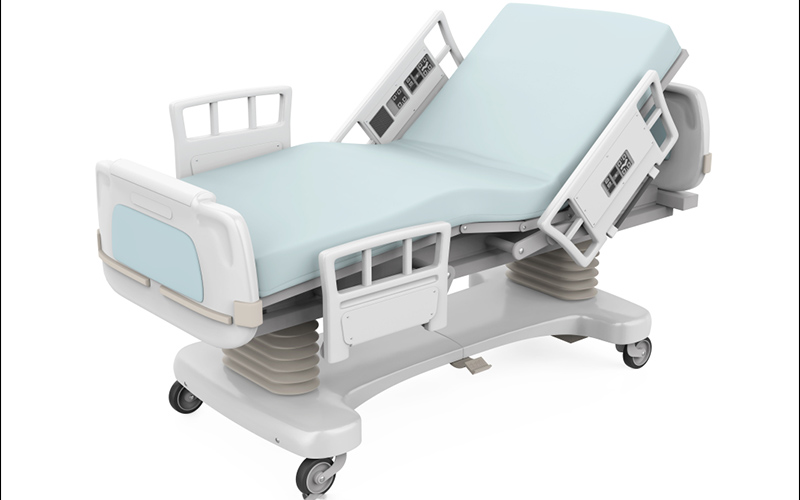All About Hospital Beds For Home Use
All About Hospital Beds For Home Use
Blog Article
The Basic Principles Of Hospital Beds For Home Use
Table of ContentsWhat Does Hospital Beds For Home Use Mean?The Best Guide To Hospital Beds For Home UseNot known Incorrect Statements About Hospital Beds For Home Use Top Guidelines Of Hospital Beds For Home UseGet This Report on Hospital Beds For Home UseLittle Known Questions About Hospital Beds For Home Use.Hospital Beds For Home Use - Truths
There are 3 main types of hospital beds: guidebook, semi-electric, and fully-electric. These beds utilize hand cranks to readjust the bed's height and increase and lower the head and the foot.
Semi-electric beds have an electrical motor to raise and decrease the head and foot parts of the bed (hospital beds for home use). Full-electric beds have an electric motor that can raise the head and foot areas of the bed as well as the whole height and positioning of the bed.
The Ultimate Guide To Hospital Beds For Home Use
There are several kinds of health center beds, each made to meet certain client demands. Here are some common types: This is the most usual kind of healthcare facility bed, created for general clinical usage.
Reduced to the ground than a common bed. This kind of bed is created for bigger individuals, with a larger structure and greater weight capability than a conventional bed. This type of bed is designed particularly for kids, with smaller dimensions than a typical bed. Special attributes such as full length side rails and cartoon style.
This kind of bed is developed for seriously ill people that require open monitoring and specialized medical tools such as ventilators and infusion pumps. This type of bed is made for use throughout labor and delivery, with adjustable settings and features to support the mom and child during the birth procedure.
The Ultimate Guide To Hospital Beds For Home Use
Several function and the accessories carry out increasing grip to different parts of the vertebra and the extremities without moving the human body. These are just a few examples of the kinds of hospital beds offered. The specific sort of bed used will certainly rely on the client's problem, medical needs, and various other aspects.
Here is the thing you need to recognize. A one-function hospital bed is a clinical bed that allows a person to relocate just the head or foot section up or down. A 2 feature health center bed usually refers to a sort of clinical bed that has 2 adjustable features to help individuals in healthcare facilities or care facilities.

The Ultimate Guide To Hospital Beds For Home Use
A 7-function ICU bed is a kind of medical bed that offers numerous adjustable features to sustain seriously ill people in an intensive treatment system (ICU) (hospital beds for home use). The 7 functions commonly include: Back-rest modification: The backrest can be adapted to different angles to aid the individual stay up or rest pleasantly
Height adjustment: The bed can be increased or decreased to make it less complicated for people to enter and out of bed, and for caretakers to offer care. Trendelenburg placement: The entire bed can be slanted to advertise blood circulation and flow in the body. Reverse Trendelenburg setting: The bed can also be tilted in the contrary direction to promote blood circulation and circulation in the top body.
1. What Dimension is a Healthcare Facility Bed? 2. Exactly how Much Does a Hospital Bed Cost? 3. Why Do Hospital Beds Have Side Bed Rails? 4. What Are The Key Health Center Bed Components?. While more budget friendly go than electric versions, these beds require exertion for modifications. The main benefits of manual beds are their cost and reliability, as they don't depend on power. The need for manual initiative can be a constraint in situations where fast changes are needed or where caregivers encounter physical challenges.
The Best Strategy To Use For Hospital Beds For Home Use
Semi-electric medical facility beds use a balance of guidebook and electric controls. These beds offer an ideal middle ground in between handbook and fully electric alternatives, offering convenience of use without the complete price of electrical models.
Semi-electric beds are fit for clients that require moderate adjustments to the head and foot areas yet can take care of without constant elevation changes. This makes them a cost-efficient option for those looking for comfort and convenience without the need for consistent repositioning. Totally electric medical facility beds feature electrical controls for smooth modifications to the elevation, head, and foot areas.
Specialized health center beds, such as ICU beds, long-lasting care beds, and bariatric beds, are very carefully created to address particular clinical needs. These beds use tailored take care of diverse client groups, enhancing both results and comfort. In the adhering to areas, we will check out the primary sorts of specialty medical facility beds, describing their specific advantages and applications.
With years of experience in making electric straight actuators - hospital beds for home use and close partnership with the health care industry, TiMOTION is well-positioned to provide dependable health care services. Our up and down integrated business manages every action of the production procedure, from layout to actuator assembly, guaranteeing we provide extraordinary worth and tailored services customized to your details needs
The Facts About Hospital Beds For Home Use Revealed

To read more concerning integrating these innovations right into your items, contact us today. More analysis:.
Information is sourced from the Medicare Cost Report.

The Ultimate Guide To Hospital Beds For Home Use
A medical facility bed is a bed created specifically for clinical objectives. It is not only an area for patients to rest, but additionally a system for medical procedures. Unlike common home beds, hospital beds generally have flexible functions, which can assist in clinical staff to make different adjustments according to the requirements of people, such as changing the elevation, disposition, and support angle of the back and legs of the bed.
Report this page